Camera and microscope - how to do it
Recently, I chose the BZK and eventually bought the Fujifilm X-A1 - a wonderful camera with interchangeable optics. But what if instead of lenses to use a microscope? Inside the post is a short story, some photos, 3D modeling and printing.

The photograph is a cross section of roundworm .
Probably not everyone will be interested in how I chose the camera, but I will say a few words under the spoiler.
')
Make photos of micropreparations using a UShM-1 microscope that I already have.
Lately Wi-Fi is being built into the camerasbecause everything is getting better with bluetooth for viewing photos and remotely controlling the camera. But Fujifilm decided that the ability to quickly get a photo for the instagram on the phone is needed, but you should not create a trigger cable (although they fixed the last X-T1). I also need a remote shutter release to eliminate smudges. You can of course buy in the original store for 1290 rubles, or buy for the same price in China with great functionality. But Google suddenly found a remote control circuit and then an understanding emerged that Fujifilm asks for more than 1000 rubles for 3 resistors , a button, a wire, a microUSB connector and a bit of plastic! Therefore, having got a handful of resistors, two old Soviet microswitches and a broken microUSB, I made my own remote. By the method of selection, I came to the scheme shown below. It was probably worth adhering to the original circuit, but there were no suitable resistors, although it works and it suits me.
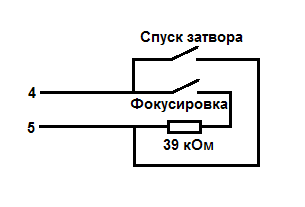
I am a little ashamed of the appearance of the remote, so I'll hide his photo ...
To take photos, you must somehow connect the carcass of the camera to the microscope tube. Various adapters can be found on ebay or in China, but I will try to do it myself. The first thing required is to connect mechanically, the second is to install a diffusing or collecting lens system. Of course it is not necessary to install lenses, so I only needed to figure out how to implement the first item. Just then I met an article about OpenSCAD and it turned out to be a great success. Of course, I knew about 3D printers, but until that time I had never worked with them and did not make models, so I read the article, looked a little about OpenSCAD and downloaded it, started to work. I did not find on the Internet any ready-made models for the bayonet of my camera, nor the exact dimensions, so I had to take measurements myself or, to speak in fashionable words - “reversing engineering”.
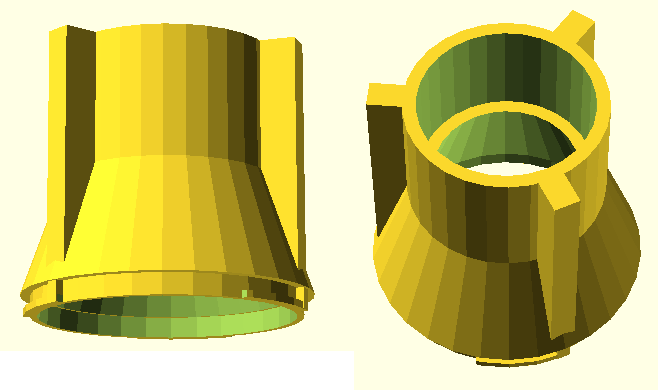
Next, it was necessary to find a way to print the model. Roboforum.ru helped me with this, where there is an opportunity to find people who could print your model. Gavzi helped me with the seal, having made two pieces in a day with excellent quality, having printed them in different positions (as in the picture below).
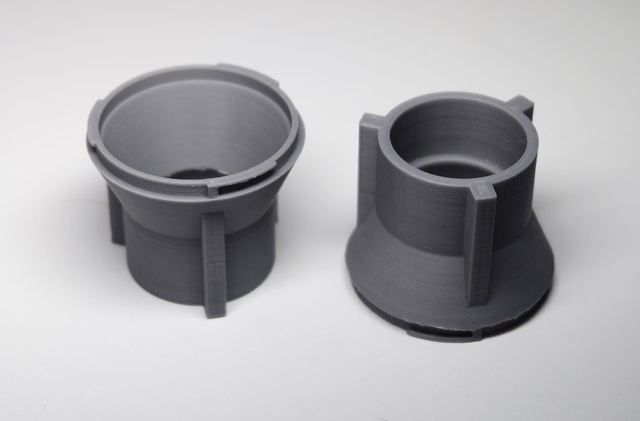
Immediately revealed small subtleties that I did not take into account, namely the horizontal protrusions. When printing, there were formed flows and irregularities - in different positions on different surfaces. In general, this does not prevent their use. Also, when I joined the camera, I found quite expected gaps, but on the whole it turned out to be quite working copies. In order to fix the adapter on the tube, I decided to just use screws.

The photographs produce a center illumination due to the fact that the mirror in the microscope is concave.
I also planned to do the same for the telescope and take a picture of the moon through the Meade NG70-SM telescope, but since for some reason this is not possible, I decided to omit this part. I hope someday I will be able to write about this (and a little bit about pinhole).
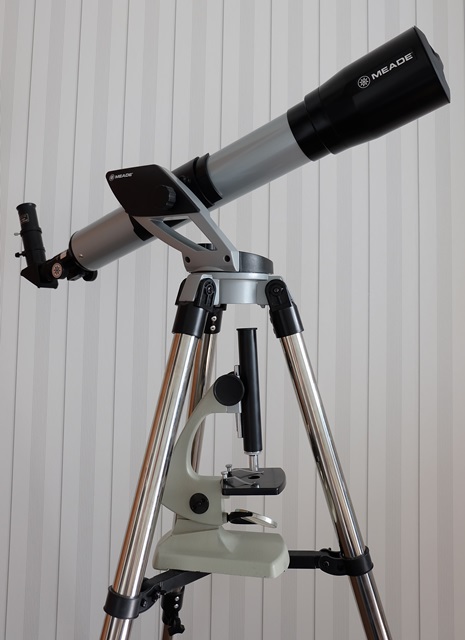

The photograph is a cross section of roundworm .
Probably not everyone will be interested in how I chose the camera, but I will say a few words under the spoiler.
')
Camera selection
Fujifilm X-A1 is a copy of the X-M1 model. The only difference is that it has a matrix with a standard Bayer filter and a low-pass filter (AA filter), while in all other fuji cameras a sensor is installed under the sonorous name X-Trans. In the meantime, marketers say that this very X-Trans is better, sharper, clearer, brighter, cooler and generally incredible on the Internet you can find notes that in fact the difference is not very noticeable and it’s not at all clear which one is better (while X-A1 costs $ 200 less than X-M1).
So for its price, the X-A1 gives an excellent picture, it has a convenient menu and quite convenient controls on the case, a hot shoe, a good screen and a great whale lens. And the remnants of retrodesign from X-M1 .
So for its price, the X-A1 gives an excellent picture, it has a convenient menu and quite convenient controls on the case, a hot shoe, a good screen and a great whale lens. And the remnants of retrodesign from X-M1 .
Formulation of the problem
Make photos of micropreparations using a UShM-1 microscope that I already have.
Remote Control
Lately Wi-Fi is being built into the cameras

I am a little ashamed of the appearance of the remote, so I'll hide his photo ...
... here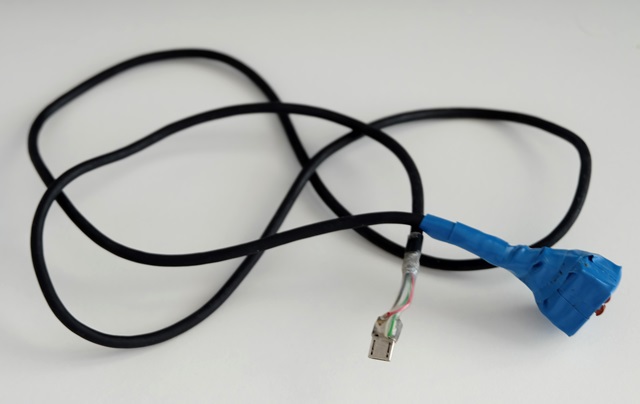

Microscope
To take photos, you must somehow connect the carcass of the camera to the microscope tube. Various adapters can be found on ebay or in China, but I will try to do it myself. The first thing required is to connect mechanically, the second is to install a diffusing or collecting lens system. Of course it is not necessary to install lenses, so I only needed to figure out how to implement the first item. Just then I met an article about OpenSCAD and it turned out to be a great success. Of course, I knew about 3D printers, but until that time I had never worked with them and did not make models, so I read the article, looked a little about OpenSCAD and downloaded it, started to work. I did not find on the Internet any ready-made models for the bayonet of my camera, nor the exact dimensions, so I had to take measurements myself or, to speak in fashionable words - “reversing engineering”.

Model code
Not the most beautiful code, as well as its design, and I did not write comments, but I do not recommend using it, except as an example. If you are going to use it for your own purposes, I recommend making the attachment tabs (I don’t know what they are called correctly) a little thicker and longer by a few millimeters, and the distance between them and the main part is slightly (half a millimeter?) Smaller. Also be careful, this mount for Fujifilm x-mount mount, for others you will have to resize (shape)!
$fn=120; rotate(a=-30, v=[0,0,1]){ union (){ translate(v=[0,0,3/2]){ difference(){ cylinder(h=3,d=39,center=true); cylinder(h=3,d=37,center=true); }} translate(v=[0,0,1/2]){ difference(){ union () { difference(){ cylinder(h=1,d=41,center=true); cylinder(h=1,d=39,center=true);} } union () { rotate(a=30, v=[0,0,1]){ translate(v=[-15,17,0]){ cube([28,28,1], center=true);} } rotate(a=120+30, v=[0,0,1]){ translate(v=[-15,17,0]){ cube([28,28,1], center=true);} } rotate(a=240+30, v=[0,0,1]){ translate(v=[-15,17,0]){ cube([28,28,1], center=true);} } } }} union (){ translate(v=[39/2,0,3/2]){ cube([2,2,3], center=true);} rotate(a=120, v=[0,0,1]){ translate(v=[39/2,0,3/2]){ cube([2,2,3], center=true);}} rotate(a=240, v=[0,0,1]){ translate(v=[39/2,0,3/2]){ cube([2,2,3], center=true);}} } translate(v=[0,0,22/2]){ difference(){ cylinder(h=16,d=42,d2=28,center=true); cylinder(h=16,d=36,d2=22,center=true); }} translate(v=[0,0,39/2]){ difference(){ cylinder(h=1,d=28,center=true); cylinder(h=1,d=22,center=true); }} translate(v=[0,0,50/2]){ difference(){ cylinder(h=17,d=30,center=true); cylinder(h=17,d=26,center=true); }} translate(v=[0,0,39/2]){ difference(){ union (){ translate(v=[30/2,0,0]){ cube([8,4,28], center=true);} rotate(a=120, v=[0,0,1]){ translate(v=[30/2,0,0]){ cube([8,4,28], center=true);}} rotate(a=240, v=[0,0,1]){ translate(v=[30/2,0,0]){ cube([8,4,28], center=true);}} } union () { cylinder(h=40,d=29,center=true); translate(v=[0,0,-14]){ cylinder(h=16,d=41,d2=27,center=true);} } }} }} Not the most beautiful code, as well as its design, and I did not write comments, but I do not recommend using it, except as an example. If you are going to use it for your own purposes, I recommend making the attachment tabs (I don’t know what they are called correctly) a little thicker and longer by a few millimeters, and the distance between them and the main part is slightly (half a millimeter?) Smaller. Also be careful, this mount for Fujifilm x-mount mount, for others you will have to resize (shape)!
Next, it was necessary to find a way to print the model. Roboforum.ru helped me with this, where there is an opportunity to find people who could print your model. Gavzi helped me with the seal, having made two pieces in a day with excellent quality, having printed them in different positions (as in the picture below).

Bonus photos or how to make macrophotography
Using a whale lens doesn’t get a good enough macro, but there is an easy way to make a macro photo. Just flip the lens! To do this, even there are circulating rings that are screwed into the thread for the filter on the one hand, and on the other hand, are attached to the camera's bayonet. I just leaned the lens to the camera and took a couple of photos from my hands. Of course, the quality is low, and a small depth of field is not needed in macro, but it was interesting to try. There are other ways to get macro.
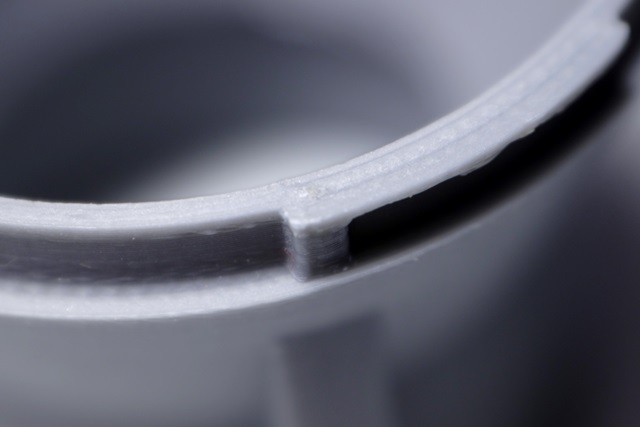
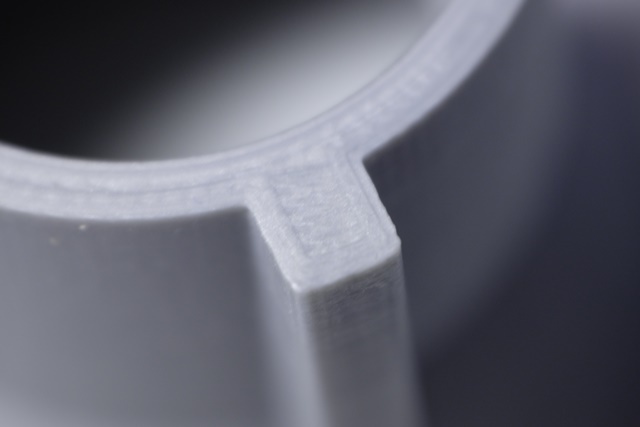


Immediately revealed small subtleties that I did not take into account, namely the horizontal protrusions. When printing, there were formed flows and irregularities - in different positions on different surfaces. In general, this does not prevent their use. Also, when I joined the camera, I found quite expected gaps, but on the whole it turned out to be quite working copies. In order to fix the adapter on the tube, I decided to just use screws.

The photographs produce a center illumination due to the fact that the mirror in the microscope is concave.
Eventually
That's what happened
Geranium:

Bow:
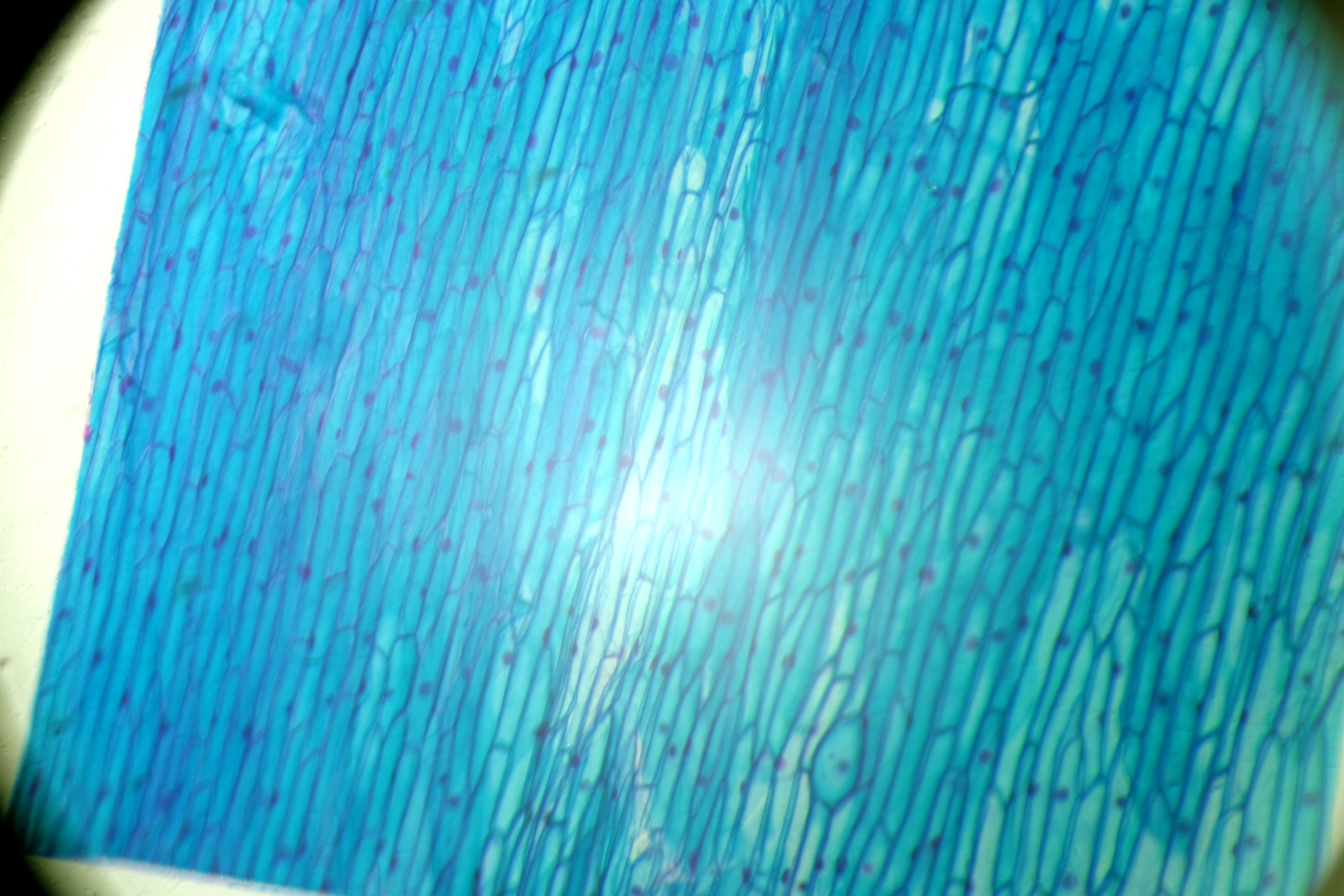
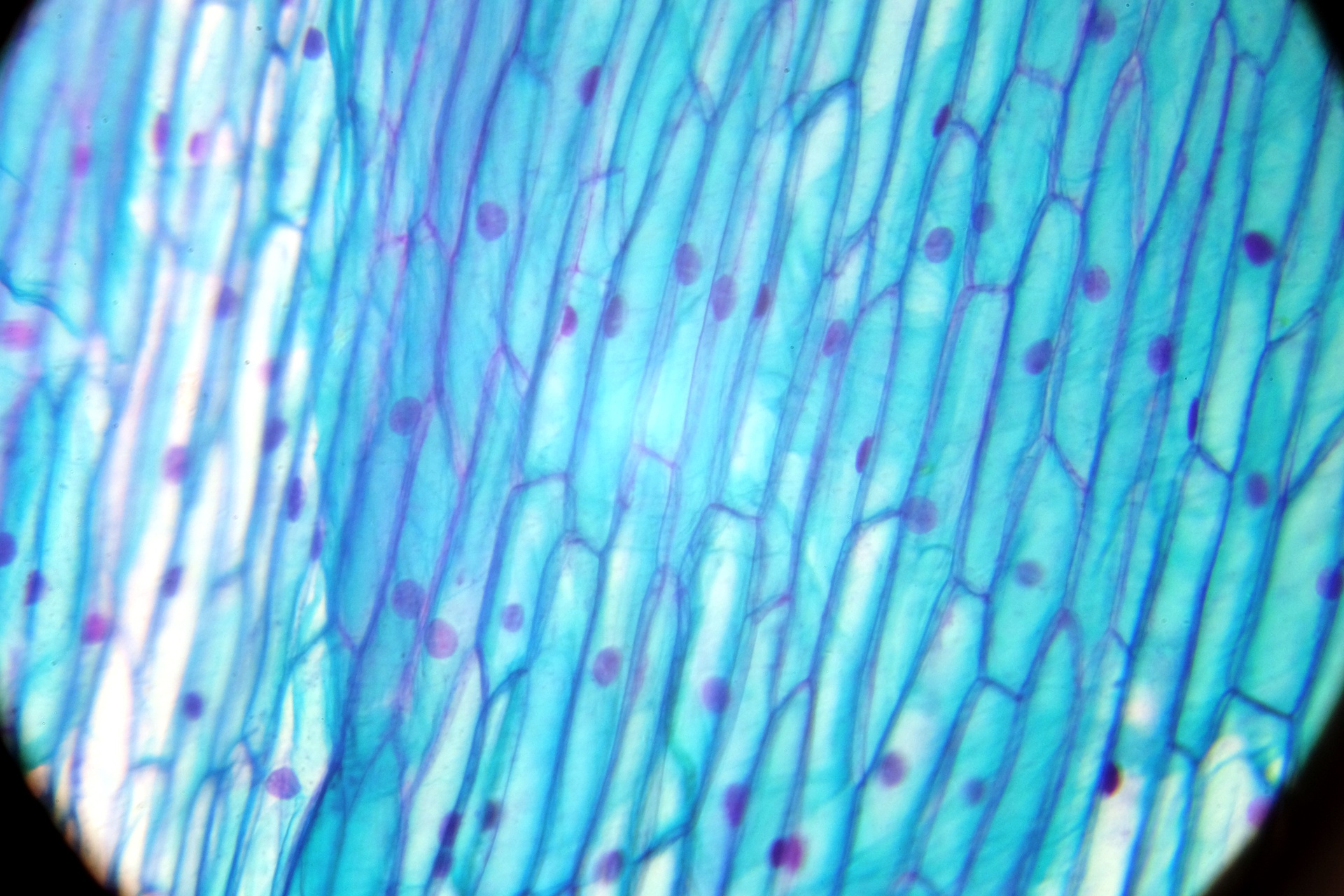
Human tibia:
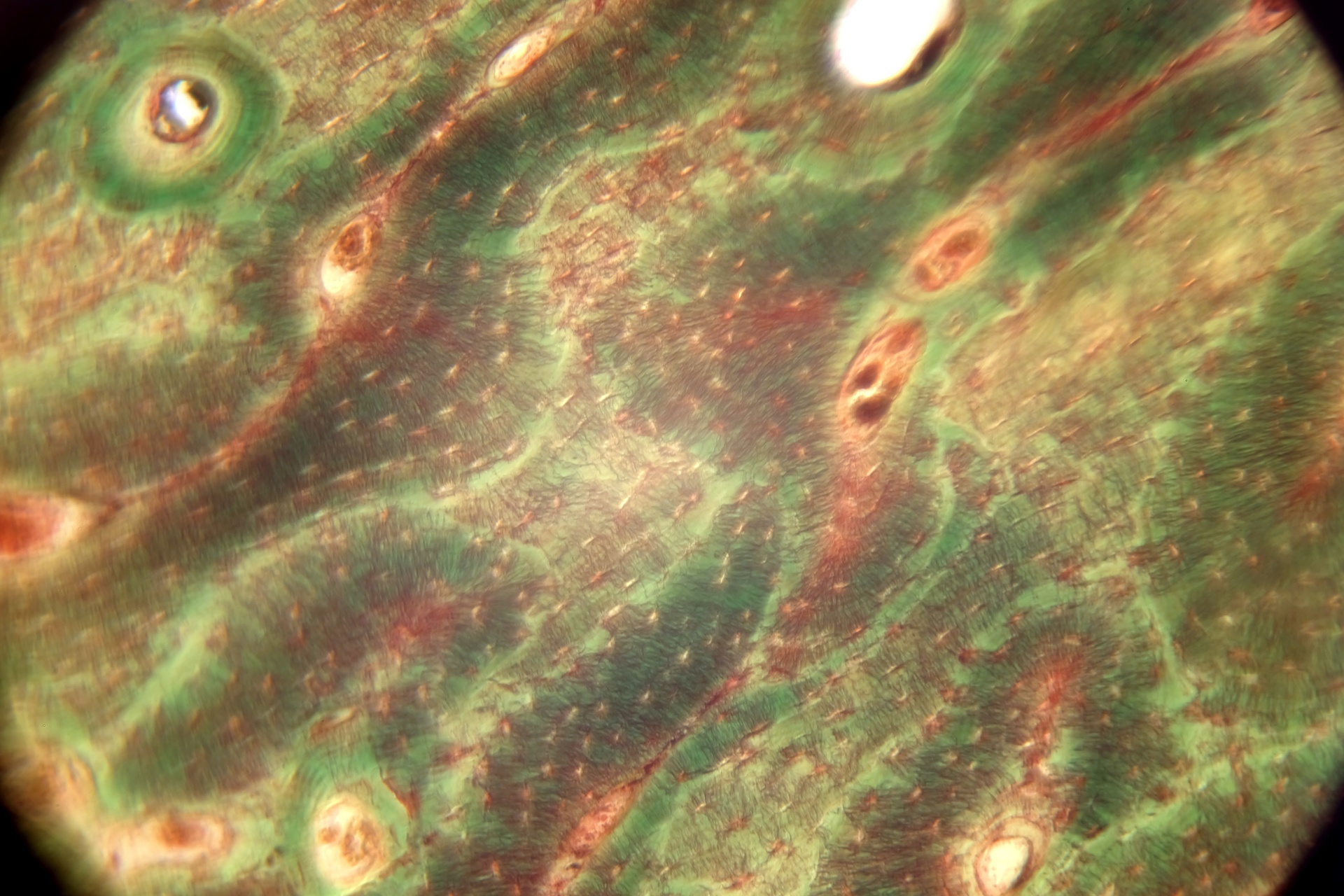
Printing by laser printer:
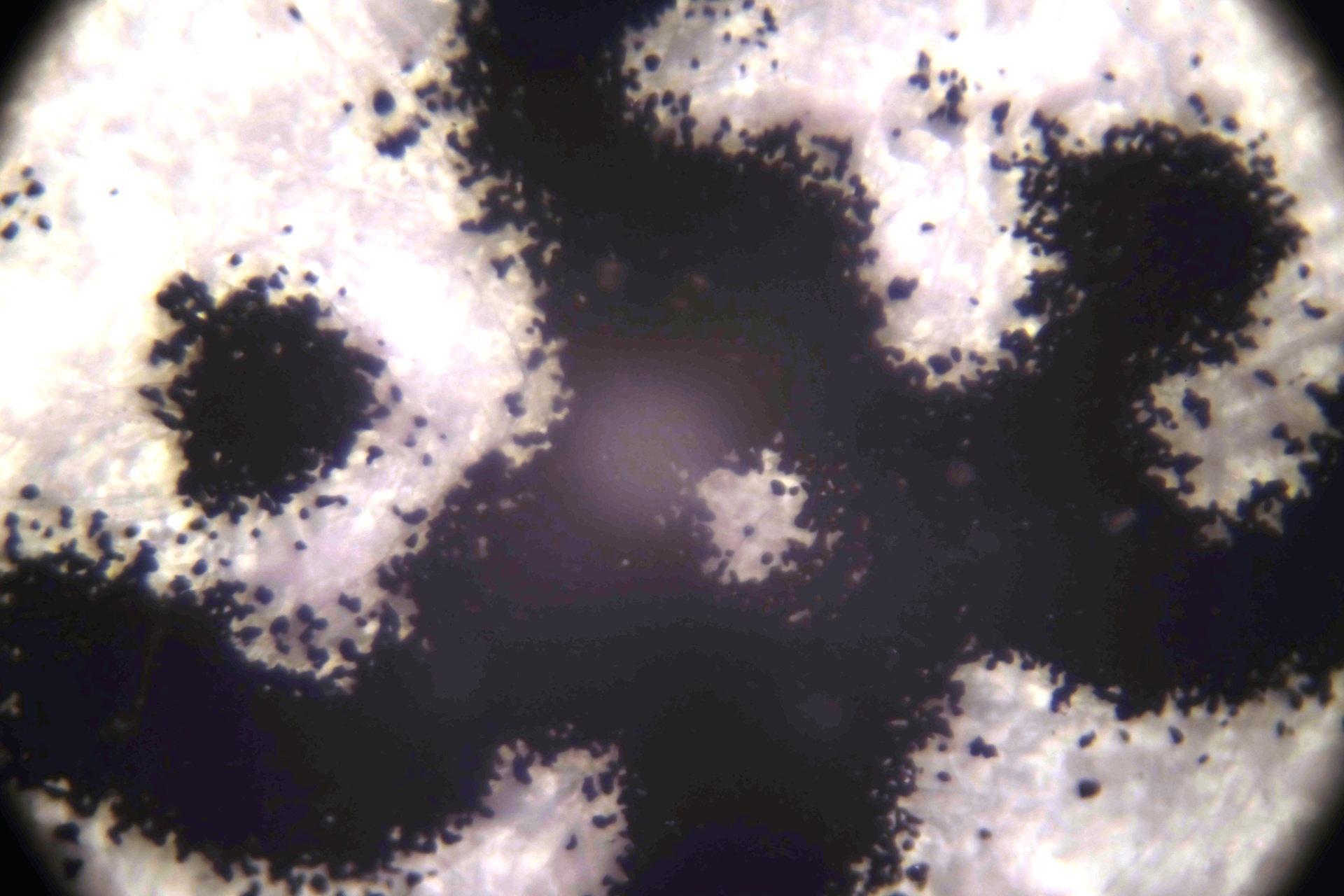

Bow:


Human tibia:

Printing by laser printer:

Telescope
I also planned to do the same for the telescope and take a picture of the moon through the Meade NG70-SM telescope, but since for some reason this is not possible, I decided to omit this part. I hope someday I will be able to write about this (and a little bit about pinhole).

Source: https://habr.com/ru/post/219827/
All Articles